Clipart tagged: ‘whip’
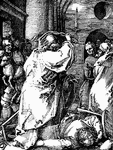
Christ Driving Out the Money-Changers
"Christ Driving Out the Money-Changers. By Albrecht Dürer. From the 'Little Passions.' Printed…
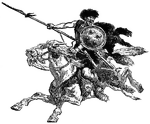
Hun Warrior on Horseback in Battle
Illustration of a Hun warrior riding on horseback, his mouth open as if to scream. The warrior has a…

Pillory
A frame of wood erected on a post or pole, with movable boards resembling those in the stocks, and the…
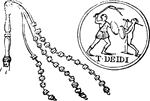
Scourge
"The Furies are generally represented with a scourge, with which to punish the wicked in Tartarus. It…
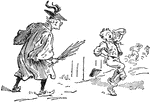
Teacher Whipping Boy with Swatches
An illustration of a teacher wearing a hat and robe whipping a young pupil with a branch.
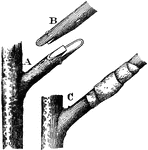
Tongue Grafting
To graft two plants together using the tongue or whip grafting approach, you must first make a sloping…
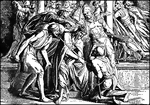
Jesus Scourged, Mocked, and Crowned with Thorns
"And they stripped him, and put on him a scarlet robe. And they platted a crown of thorns and put it…
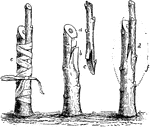
Whip-Grafting
"Whip-grafting or tongue-grafting is the most usual mode of performing the operation. The stock is headed…
![The Whip-poor-will or whippoorwill, Caprimulgus vociferus, is a medium-sized (22-27 cm) nightjar from North and Central America. The Whip-poor-will is commonly heard within its range, but less often seen. It is named onomatopoeically after its call. This bird is sometimes confused[1] with the related Chuck-will's-widow (Caprimulgus carolinensis) which has a similar but lower-pitched and slower call. Adults have mottled plumage: the upperparts are grey, black and brown; the lower parts are grey and black. They have a very short bill and a black throat. Males have a white patch below the throat and white tips on the outer tail feathers; in the female, these parts are light brown.](https://etc.usf.edu/clipart/57000/57013/57013_whippoorwill_mth.gif)
Whip-poor-will
The Whip-poor-will or whippoorwill, Caprimulgus vociferus, is a medium-sized (22-27 cm) nightjar from…

